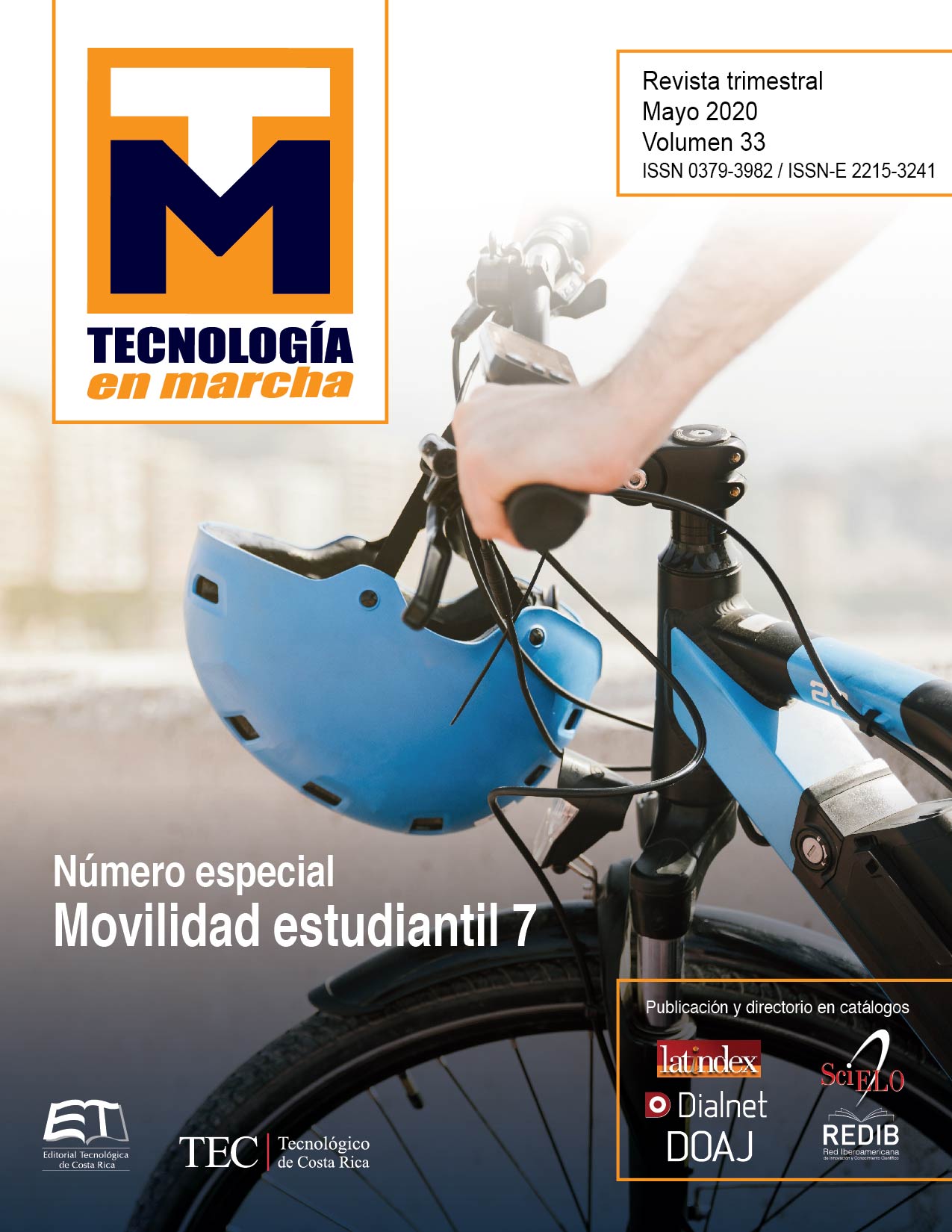Simulation of the electrical power system of nanosatellites using PSpice
Main Article Content
Abstract
The concept of “lean satellite” has taken force accompanied by the increase of small companies and universities that develop this kind of satellites. The construction of satellites based on this concept has allowed these entities to reach space technologies on a small scale. The growing popularity has to do with their small size, light weight and significant lower investment.
The electrical power system provides power to all the loads and subsystems present in the nanosatellites. This energy is produced, stored, controlled and distributed in this system. The understanding of its operation is fundamental to ensure the success of the missions of the nanosatellite. The components responsible for controlling and regulating this energy are the DC-DC converters that boost or buck voltage according to load demand or charge of the battery, for this reason converters also ensure the correct operation of the system.
This article is based on the graduation project report titled: Simulation of the power electrical system of the nanosatellite constellation of the BIRDS project. The general structure of the power system used is shown in this article, as well as a comparison between the simulation using PSpice and the operation of the DC-DC converters used for the BIRDS 2 project, developed in LaSEINE, laboratory of Kyushu Institute of Technology.
Article Details
Los autores conservan los derechos de autor y ceden a la revista el derecho de la primera publicación y pueda editarlo, reproducirlo, distribuirlo, exhibirlo y comunicarlo en el país y en el extranjero mediante medios impresos y electrónicos. Asimismo, asumen el compromiso sobre cualquier litigio o reclamación relacionada con derechos de propiedad intelectual, exonerando de responsabilidad a la Editorial Tecnológica de Costa Rica. Además, se establece que los autores pueden realizar otros acuerdos contractuales independientes y adicionales para la distribución no exclusiva de la versión del artículo publicado en esta revista (p. ej., incluirlo en un repositorio institucional o publicarlo en un libro) siempre que indiquen claramente que el trabajo se publicó por primera vez en esta revista.

